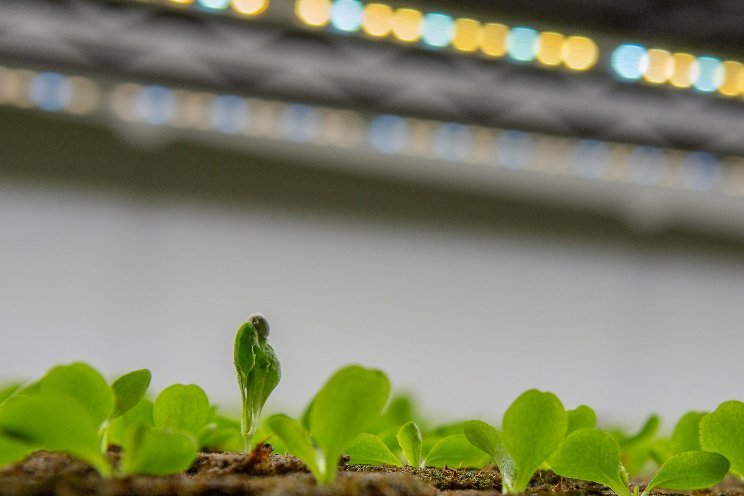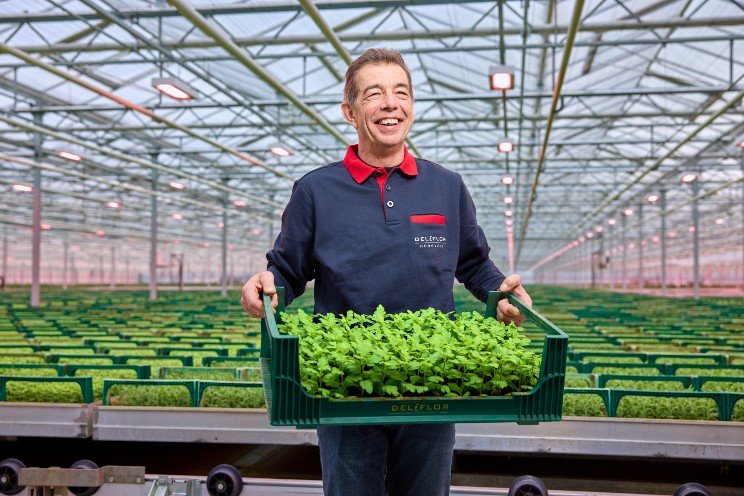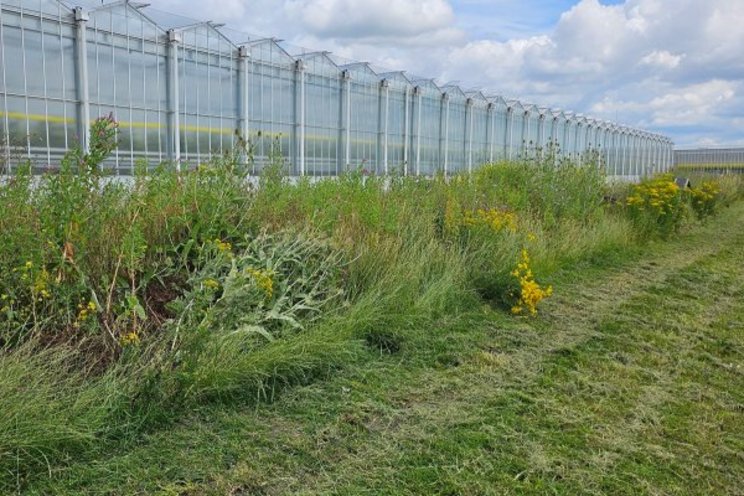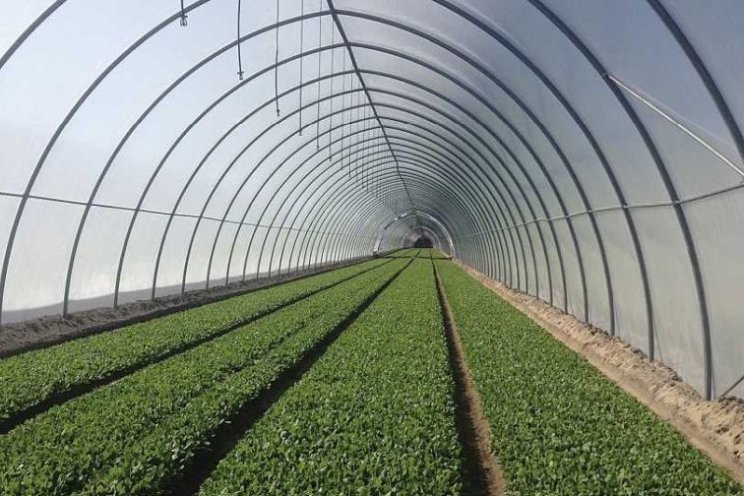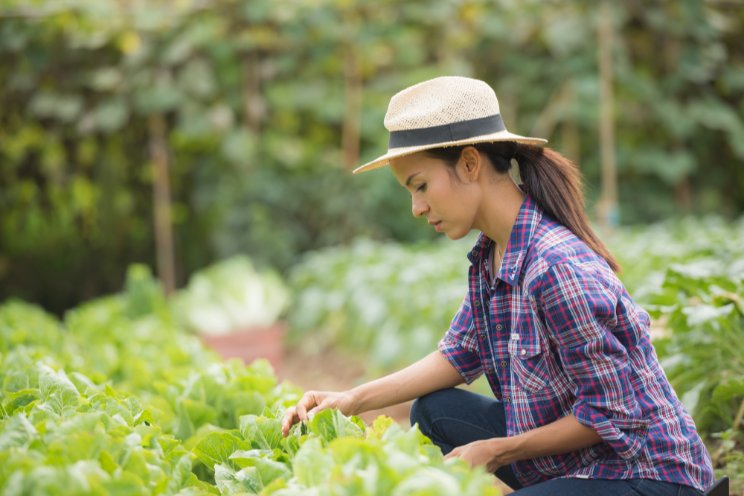Selecting dyes from plants for fossil-free textile chains
Added on 03 March 2023
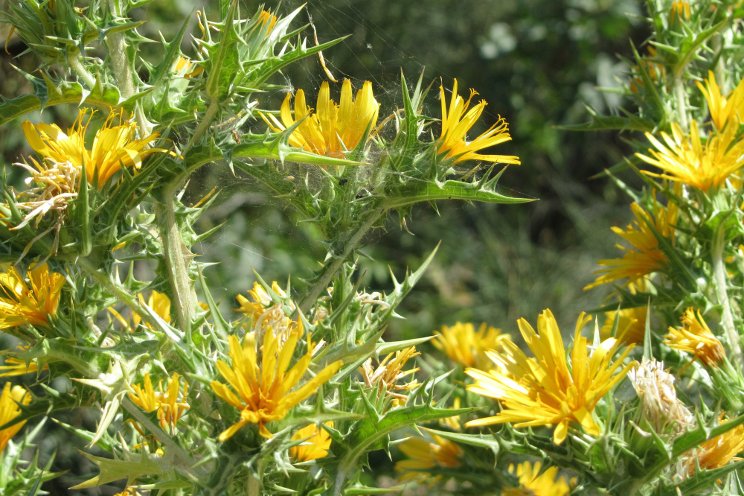
Wageningen University & Research is investing strategic funding in the transition towards renewable materials to be applied in fields related to comfort and shelter, such as textiles. Wageningen researchers of multiple disciplines cooperated in a project with the aim to contribute to a to value chain, in which crops are grown in protected cultivation to produce plant-based dyes which can be used in a fossil-free textile chain, where side streams of the production system are valorised. This project combined different areas of expertise, such as the breeding and cultivation of renewable feedstock, production of high-value crops in fossil-fuel free protected cultivation systems while re-using carbon dioxide from industry, selection of most suited crops and varieties, and knowledge of processing and products in fossil-free value chains.
Selecting crops for dyes
The starting point of the project was the concept of “dual-function” crops, where dye would be the harvestable product, next to fruits (e.g. tomato), flowers (e.g. marigold) or stems for fibres (e.g. nettle). These crops would be grown in controlled conditions (such as greenhouses or Vertical Farms), so that concentrations of secondary metabolites to be used as dyes in textile chains could be controlled in a sustainable way. Based on these conditions, we made an inventory of plant species that could provide natural colourants that could be used as dyes in textile chains. However, the inventory showed that crops that contain valuable colourants in high concentrations, are primarily trees which do not fit in an indoor cultivation system, or herbaceous plants that do not have another harvestable product than the dye, although fibres might be harvested of some. Thus, we changed perspective, and selected crops primarily on their characteristics as a producer of valuable natural dyes, on their suitability for high productivity protected cultivation, on the gene pool of these crops and the options for valorisation of the side streams of these production systems. Based on this evaluation, we selected two interesting crops that have potential to fulfil the demands from all perspectives used.
Continue reading.
Photo created by wirestock - www.freepik.com
More news

